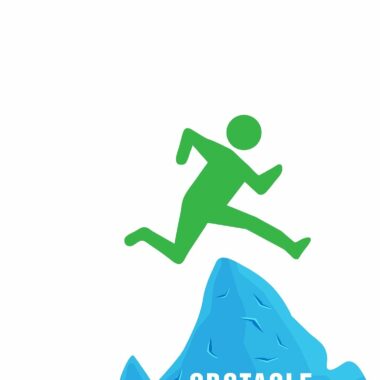Finding a block in cryptocurrency mining refers to the process of solving a cryptographic puzzle and adding a new block to the blockchain. This process is performed by miners and is essential for maintaining the security and stability of the blockchain.
Here is a general overview of how a block is found in cryptocurrency mining:
Transaction Verification: Miners gather a batch of unconfirmed transactions from the network and verify that they are valid.
Block Assembly: Miners create a new block by adding the verified transactions to a candidate block, along with other important information, such as the previous block’s hash and a timestamp.
Proof-of-Work Calculation: Miners then perform a computationally intensive operation called the “Proof-of-Work” (PoW) calculation. The PoW calculation is designed to be difficult and time-consuming, but easy to verify once completed.
Puzzle Solution: Miners compete to be the first to solve the cryptographic puzzle by finding a numerical value, called the “nonce”, that, when combined with the other information in the candidate block, results in a hash that meets certain criteria.
Block Broadcast: Once a miner has found a solution to the puzzle and has created a valid block, they broadcast the block to the network.
Block Validation: Other miners validate the block to ensure that it meets the network’s consensus rules and that it is a valid addition to the blockchain.
Block Acceptance: Once the block has been validated by enough miners, it is added to the blockchain and the process starts over with the next batch of transactions.
The miner who finds the solution to the puzzle and creates a valid block is rewarded with newly minted cryptocurrency and transaction fees from the transactions included in the block. The process of finding blocks is highly competitive, as miners compete to be the first to find a solution and earn the rewards.












